Legendary Woodstock Photos That Will Go Down in History
While some of you reading this were around to experience the glory of Woodstock, the largest musical festival ever held at its time, many of us know the legacy the music festival left on the world.
Acting as an intersection between counterculture, pacificism, and music history, Woodstock was a landmark event that popularized music festivals and captured the icon status of the youth generation.
When was Woodstock?
Woodstock Music and Art Fair, simply known as Woodstock, was a music festival held from August 15 to 18 on a dairy farm in Bethel, New York.
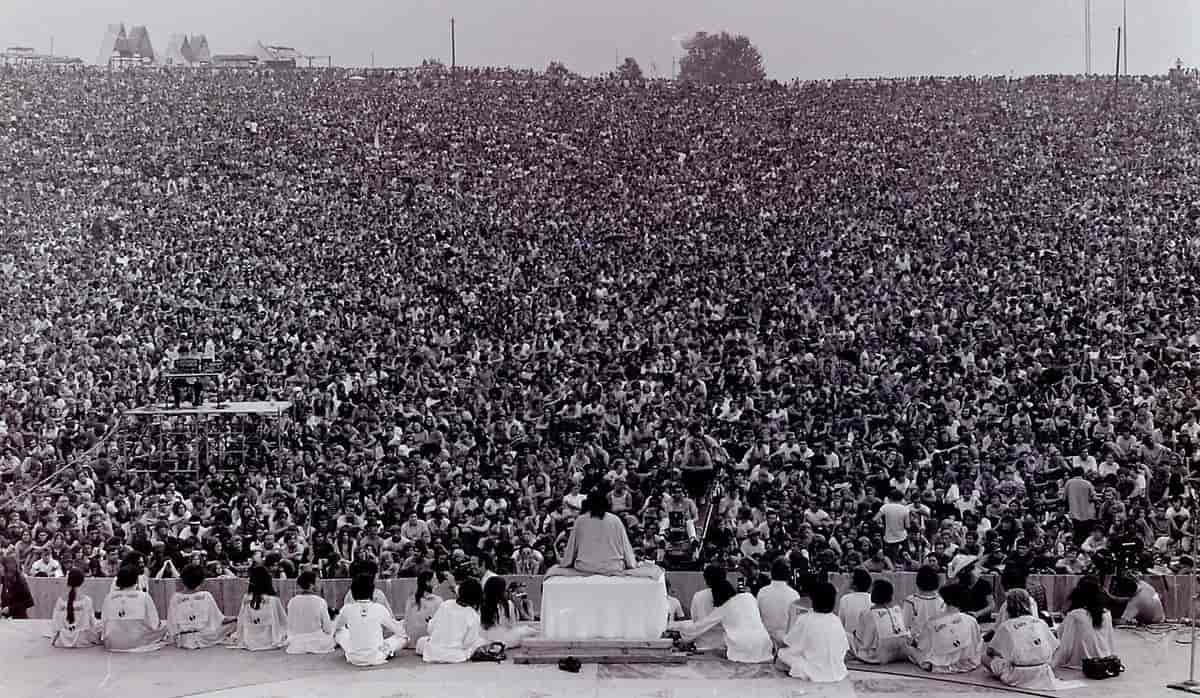
Source: Wikimedia Commons/Public Domain
The first Woodstock festival was a four-day music festival that attracted over 400,000 attendees and featured performances from some of the biggest names in rock ’n’ roll at the time, including Jimi Hendrix, Janis Joplin, and The Who.
What year was Woodstock?
There are three Woodstock festivals in total: 1969, 1994, and 1999. Woodstock ‘69 is the most popular among the Woodstock festivals and was billed as “An Aquarian Experience: 3 Days of Peace and Music.”
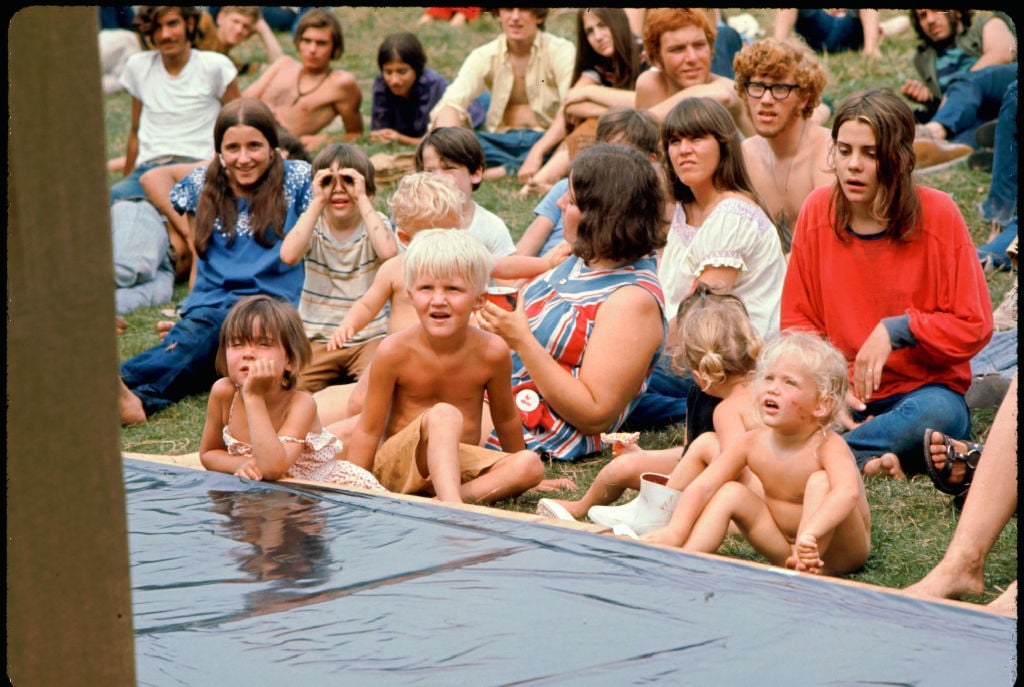
Credit: Ralph Ackerman/Getty Images
The festival was only supposed to last three days, but bad weather and traffic jams caused delays, pushing performances late into the night and early into the morning.
Where was Woodstock?
Woodstock took place on Max Yasgur’s dairy farm in Bethel, New York, which you can still visit today! But Yasgur’s farm wasn’t the place where the festival was supposed to be held.
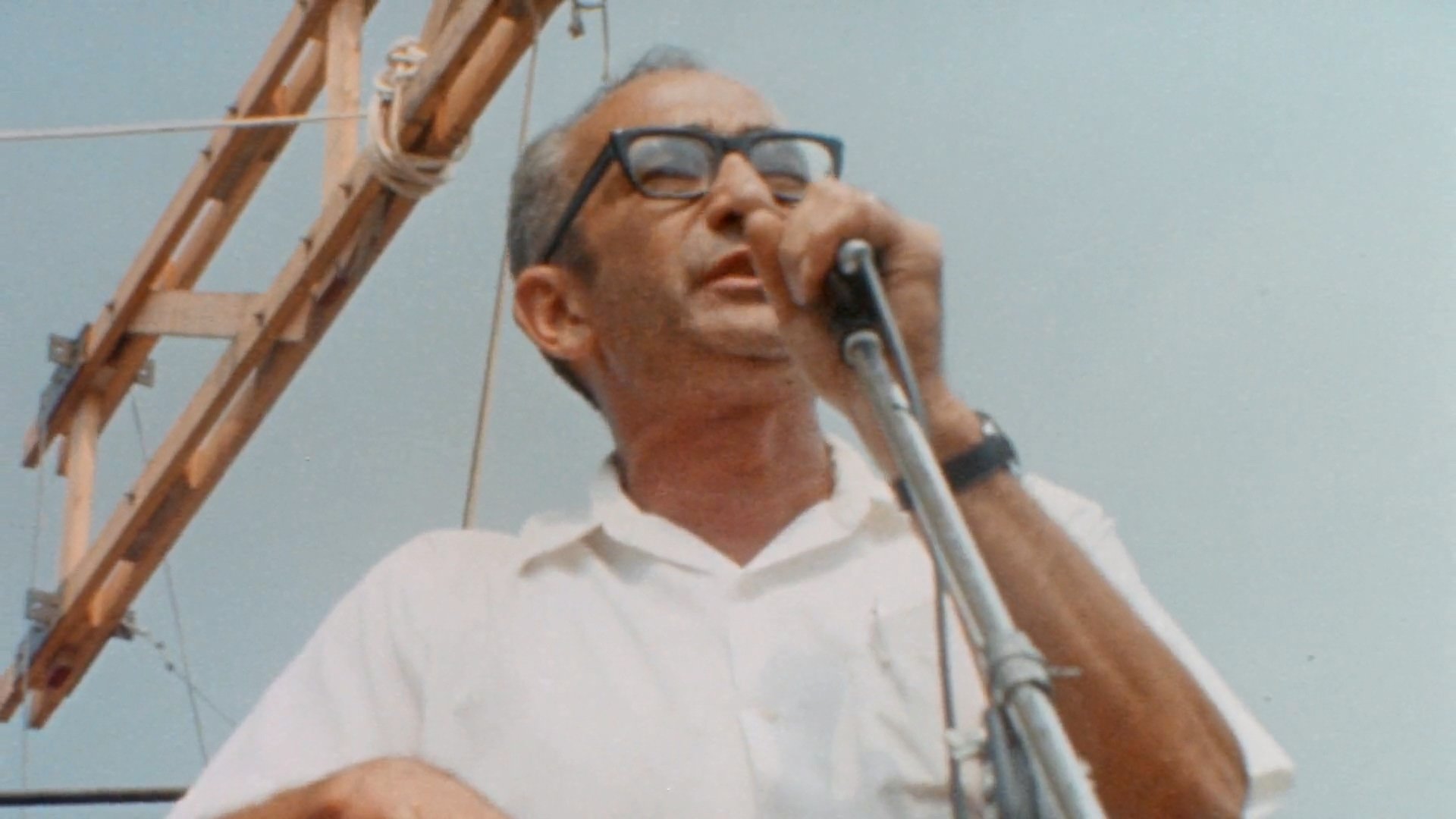
Source: Mark Pitta via YouTube
The original Woodstock was planned to be held in Wallkill, New York. Due to a rescinded permit by town officials weeks before the festival, organizers scrambled to find a new location. Yasgur agreed to the festival being held on his land for the price of $10,000 due to financial difficulties and his avid support of the counterculture movement. It also helped that he enjoyed the music that was being performed.
Who was the opening act for Woodstock?
Richie Havens opened the Woodstock festival with “Freedom.” The first act of the performance set the tone for the festival with his impassioned rendition of the Civil Rights anthem, “Freedom.”
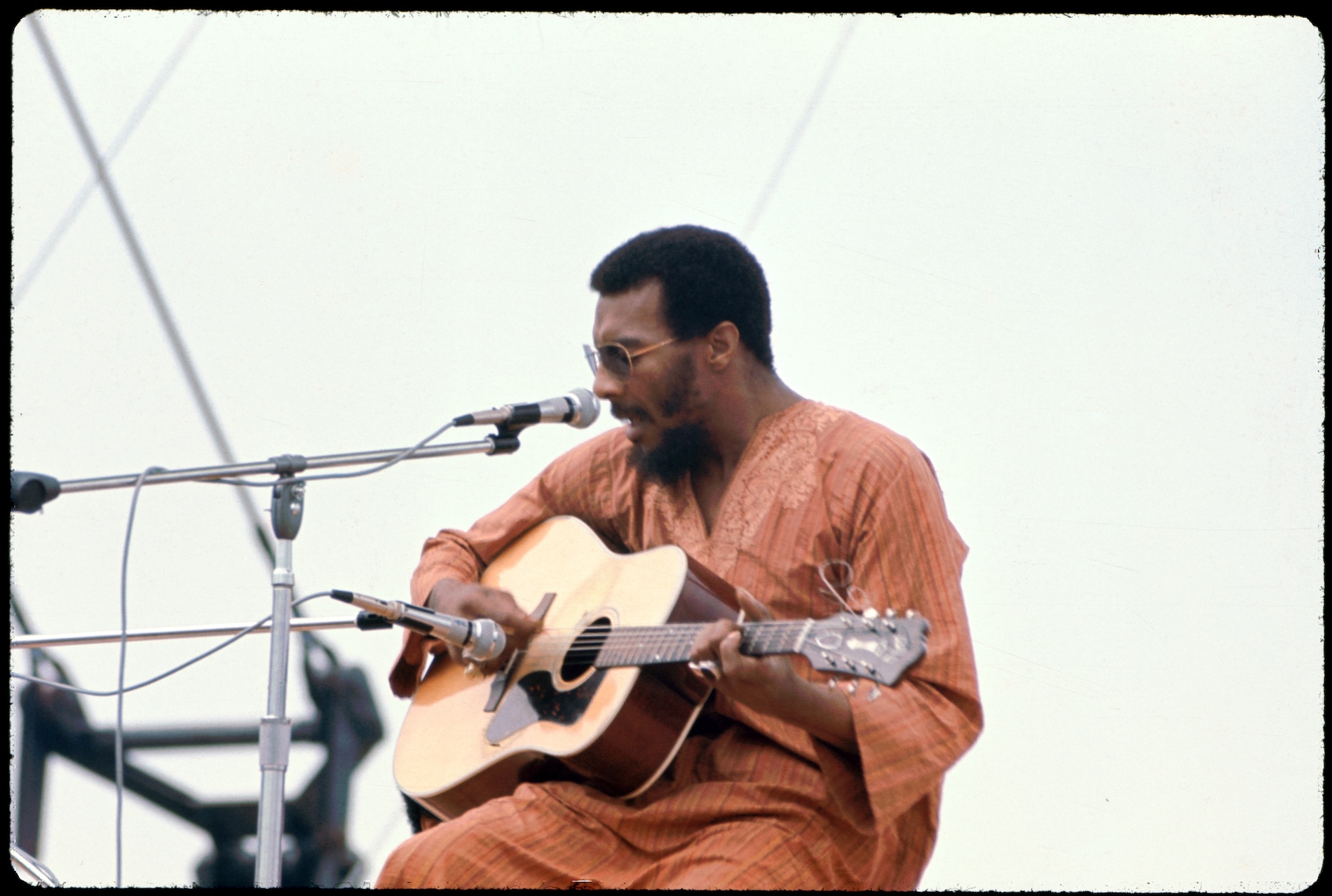
Credit: Ralph Ackerman/Getty Images
Havens was a folk singer and guitarist who was known for his soulful vocals and his ability to connect with his audience. Havens’ two-hour set was the cornerstone of peace and unity that Woodstock came to represent.
Cows attended Woodstock
Because Woodstock was being held on an active farm, cattle were wandering around the campsite and listening to music with the attendees. In this Woodstock photo, you can see attendees milking a dairy cow on the site.
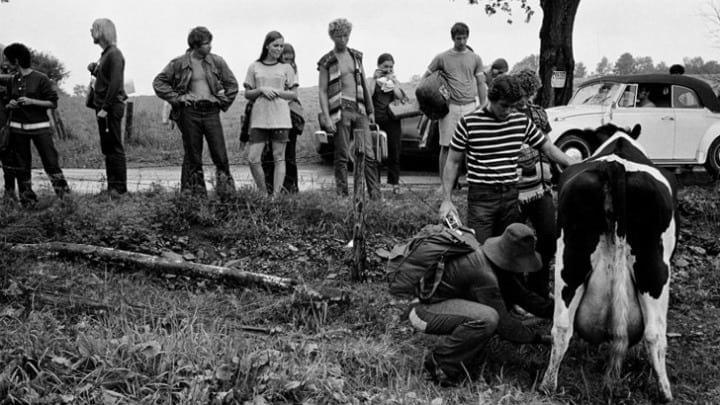
Source: Reddit
One of Yasgur’s employees, George Peavey, told United Press International the cows and music fans “seem to be getting along together fine.”
Jimi Hendrix's rendition of "The Star-Spangled Banner”
Jimi Hendrix’s memorable performance of “The Star-Spangled Banner” closed the set of Woodstock on Sunday morning. The crowd had dwindled from 400,000 to 50,000 people.
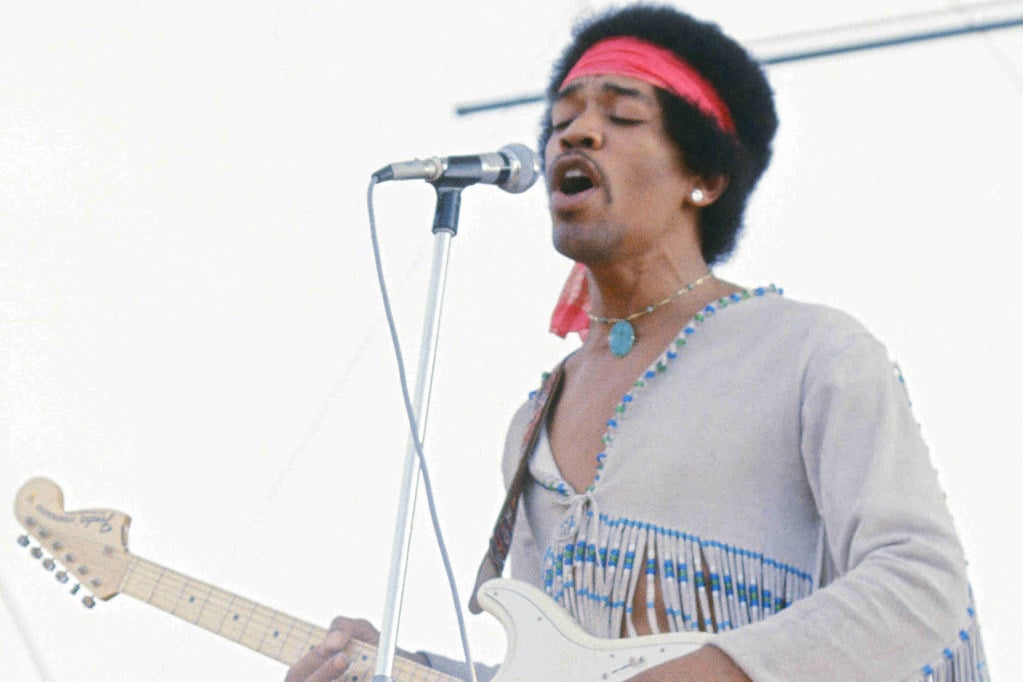
Credit: Barry Z Levine/Getty Images
Using the song as a protest against the Vietnam War, the performance renders hints of battle scenes as Hendrix plays. In the documentary, “Woodstock,” the camera focuses on Hendrix’s face as he mouths the sounds eliminating from his guitar.
The rain didn’t dampen the fun at Woodstock
The weekend started off perfect, sunny, and warm on the first day of Woodstock. However, rain quickly became a major issue. The solid ground turned into a deep, muddy mess.
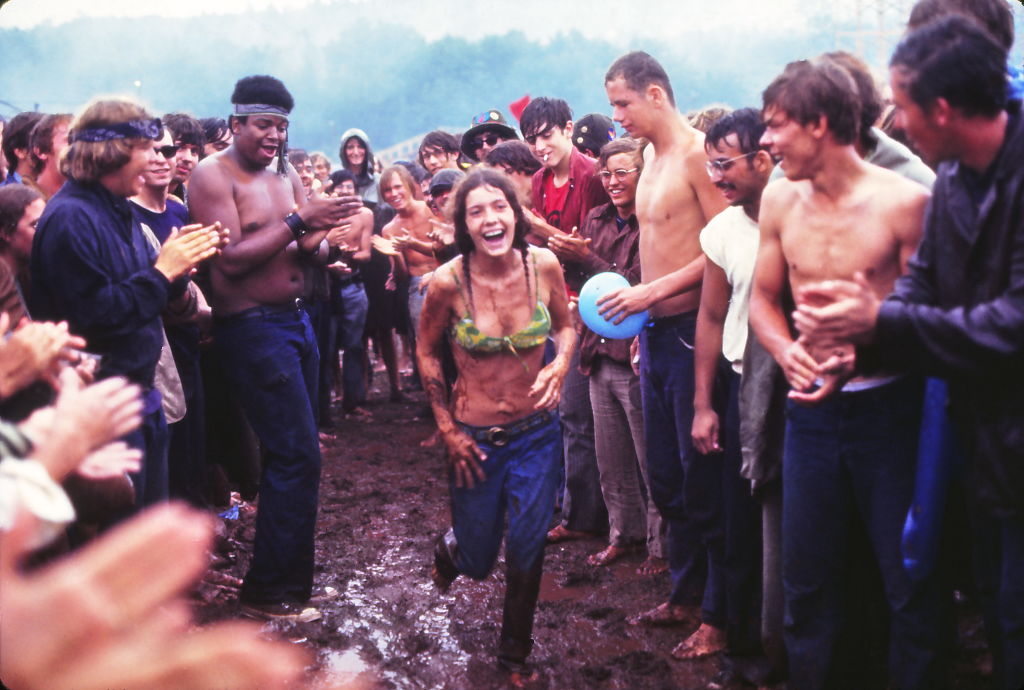
Source: Owen Franken/Corbis via Getty Images
Many of the pictures from Woodstock depicted attendees running through the mud, with many opting to leave the shoes behind at their campsites.
Who was the closer at Woodstock?
Crosby, Stills, Nash, & Young were the closers at Woodstock. The American rock band and supergroup closed out the long and restless festival with a set list of their biggest hits.
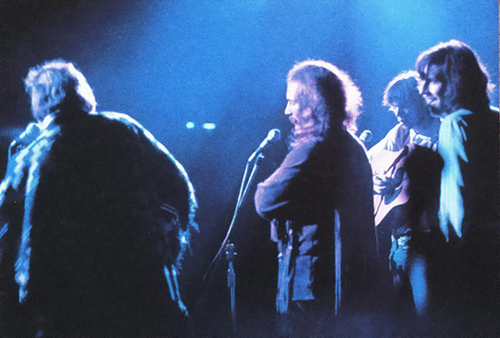
Source: Steven Price via YouTube
This performance was legendary for several reasons. Most notably, it was the first time that all four members of CSNY had performed together since their formation in 1968. They had been feuding for most of the year, and it was a surprise to many that they were able to agree to perform at Woodstock.
The second Woodstock promised "Two More Days of Peace and Music”
Woodstock 1994 was a music festival held on August 13 and 14, 1994, at Winston Farm in Saugerties, New York, to celebrate the 25th anniversary of the original Woodstock festival.
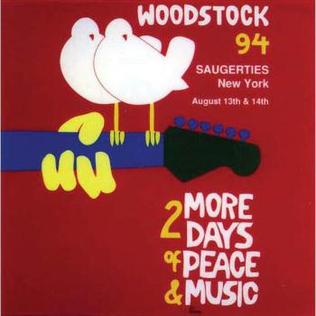
Source: Wikimedia Commons
Hoping to bring back a similar energy of unity and peace, Woodstock ’94 was marred by violence and vandalism. There were several reports of stabbing, sexual assault, and other crimes. In addition, there was a great deal of damage to the festival site, with many attendees tearing down fences and starting fires.
The downfall of the Woodstock Music Festival
Organizers of the festival tried their hand again with Woodstock 1999 to celebrate the 30th anniversary of Woodstock. Taking place on July 22 to 25, 1999, at Griffiss Air Force Base in Rome, New York, the festival became a controversial event with significance to American culture.
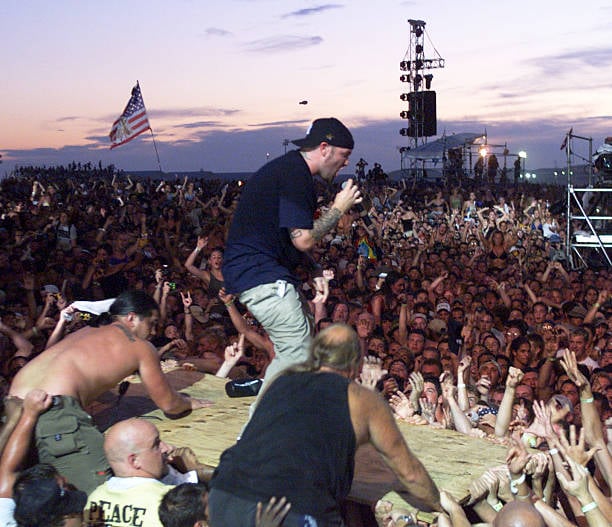
Source: Frank Micelotta/ImageDirect
The fest marked a shift in the cultural landscape of music festivals with high ticket prices, and corporate sponsors, vendors, and ATMs and email stations littered the festival grounds. Many attendees were left stranded without food, water, or shelter due to poor planning and logistics.
When was the last Woodstock?
Unfortunately, Woodstock 1999 marked the end of the Woodstock festival.
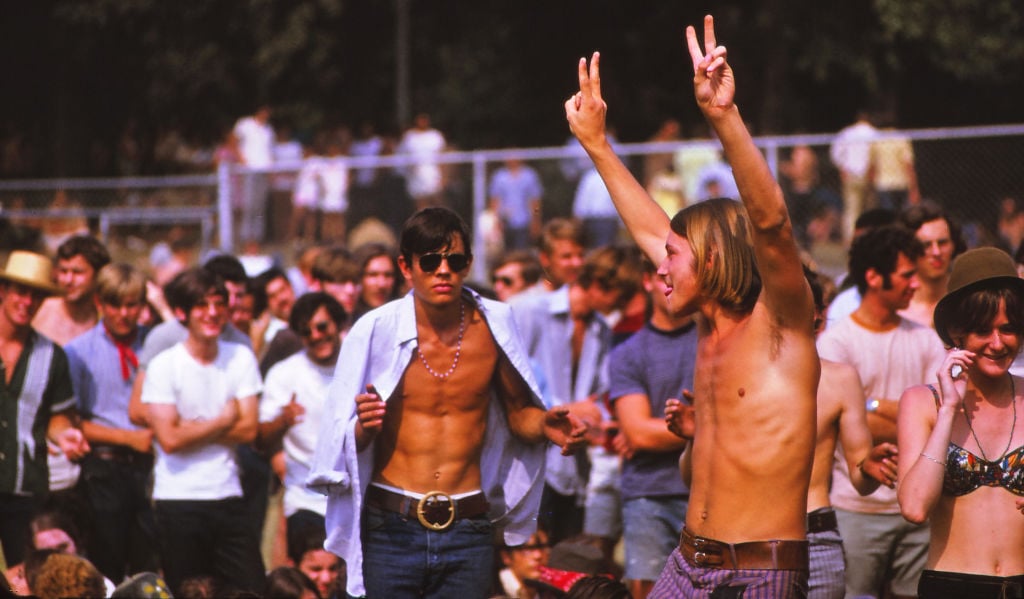
Source: Owen Franken/Getty images
In 2019, a Woodstock 50th anniversary event was planned for the Merriweather Post Pavilion in Columbia, Maryland, but the event was canceled due to permit and production issues, venue relocations, and artist cancellations. No other plans for a future Woodstock anniversary festival have been talked about since then.
Why is Woodstock so substantial to American culture?
Woodstock was a defining moment in American culture as a symbol of peace, love, and unity, capturing the essence of the counterculture movement of the 1960s. It is unlikely that any future event will be able to replicate the magic of that first festival.
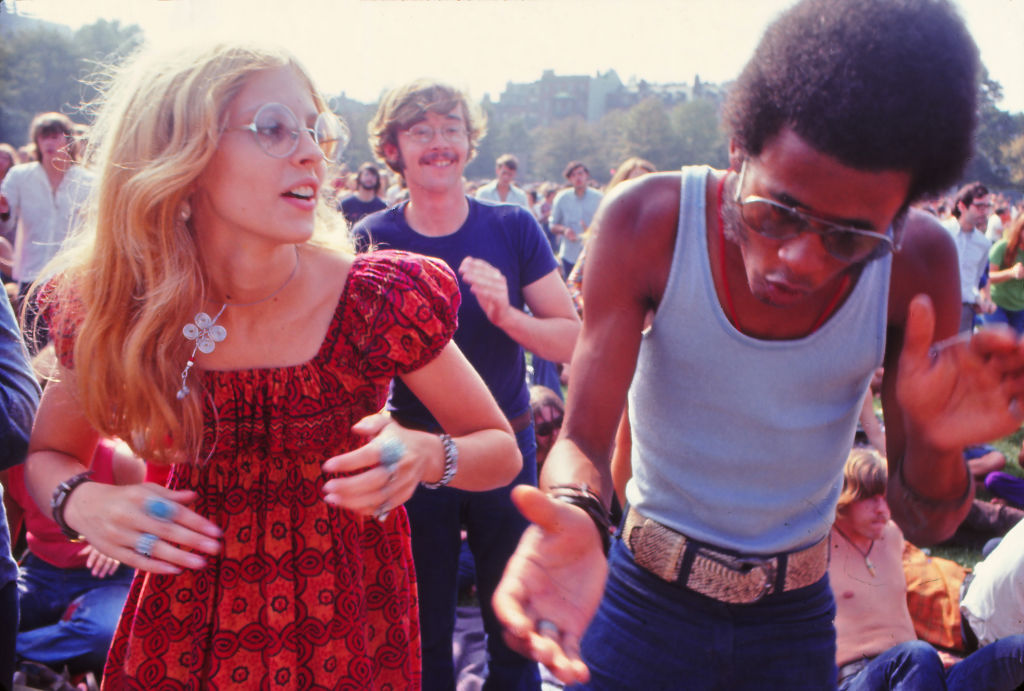
Source: Owen Franken/Getty Images
However, the spirit of Woodstock lives on, and it is possible that another festival will be as celebrated for its lasting legacy on the culture.
